
Momchil Minkov
momchilmm(at)gmail.com
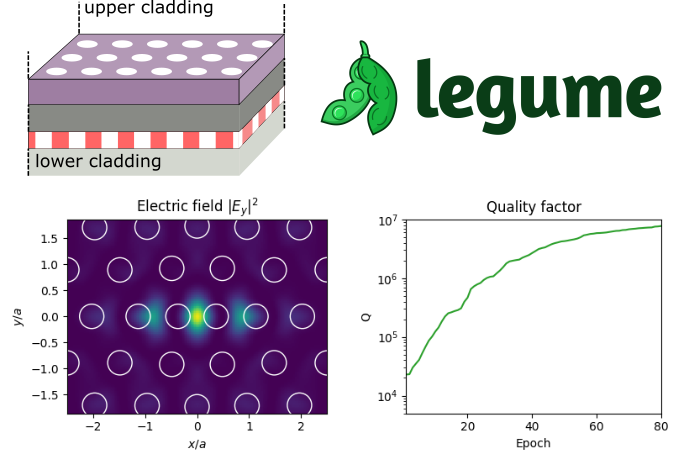
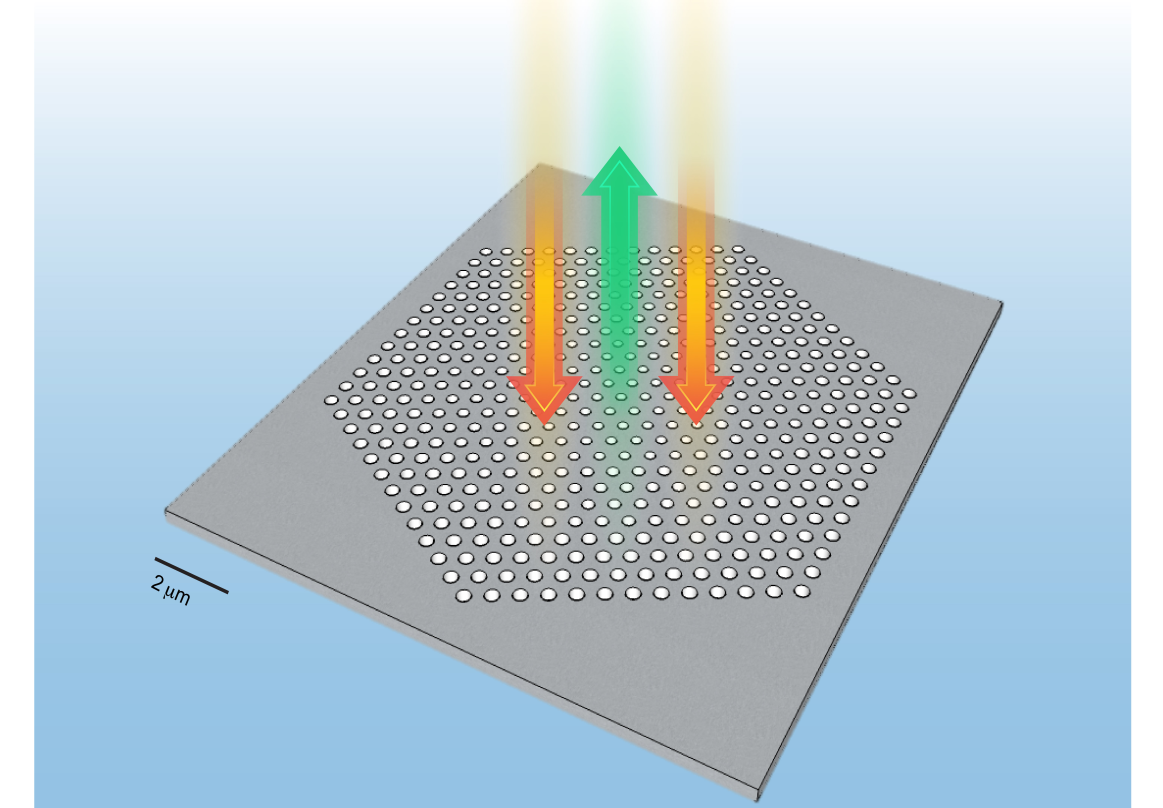
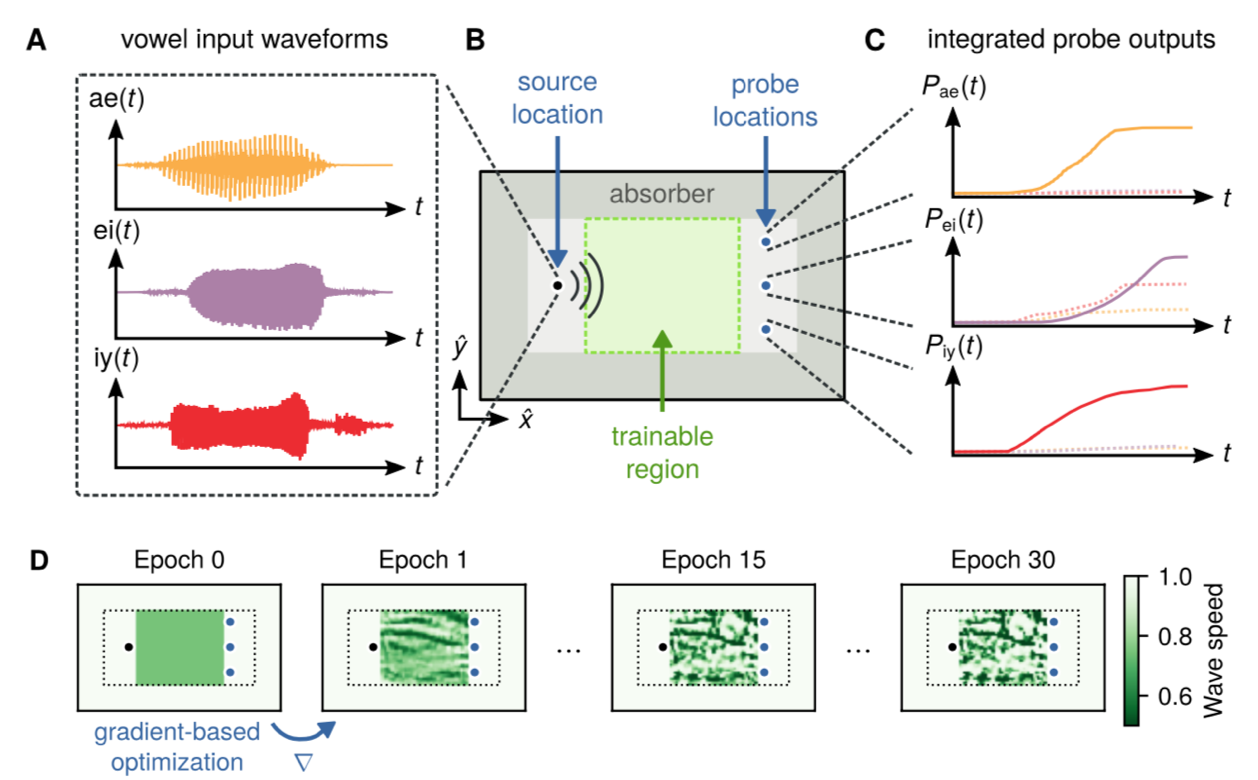


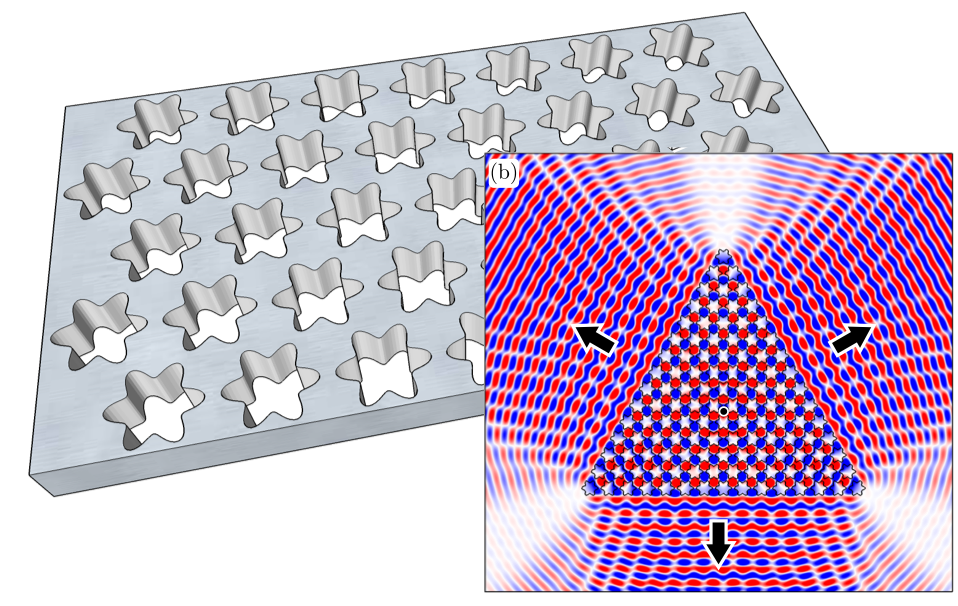
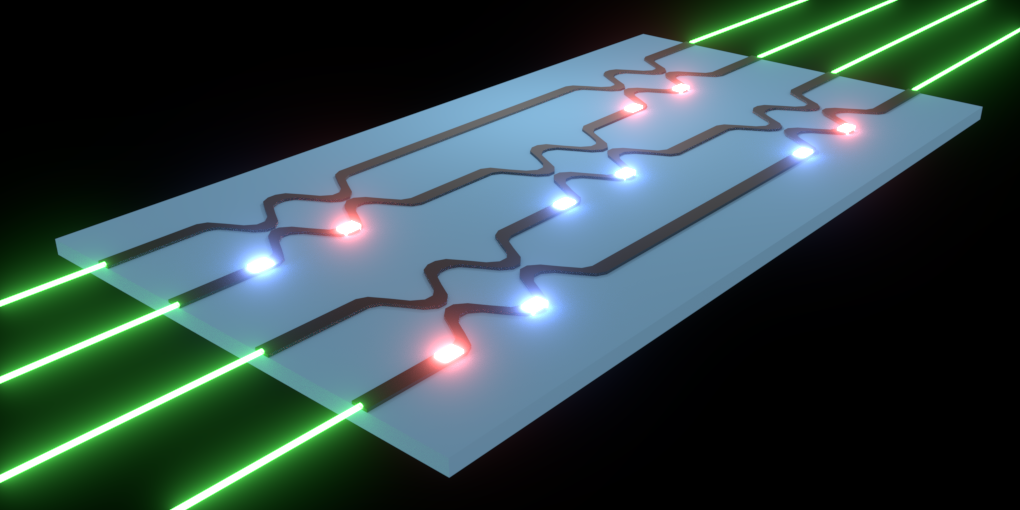
June 2020
I left Stanford - and academia, for now - to join flexcompute
July 2018
14,505ft (4,421m), tallest in the US outside Alaska!
June 2016
Excited to join the group of Shanhui Fan
February 2016
At Vincenzo Savona's group at EPFL, Lausanne, Switzerland
October 2015
Honored to be a laurate of the Chorafas Foundation award, which is "promoting excellence in scientific research"
June 2014
EPFL News wrote an article about my work
June 2010
From Jacobs University Bremen, Germany
Summer 2009
Worked at COLLAPS-ISOLDE, and met a whole bunch of cool people